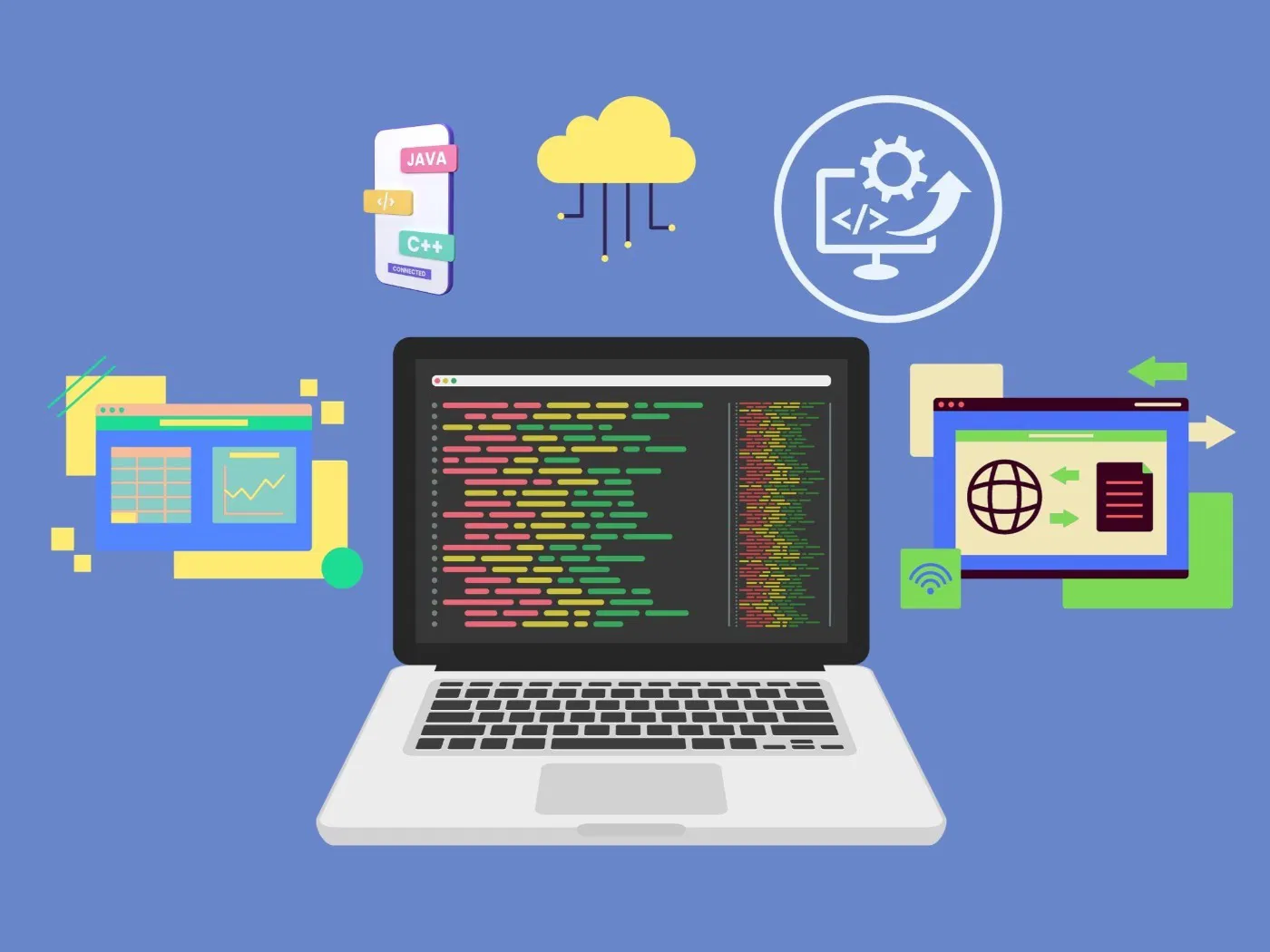
The Hidden Cost of Overengineering in Modern Software
In the bustling world of software development, there’s a tempting allure to outthink ourselves—adding layers upon layers of features, frameworks, and intricate architectures. While innovation and robustness are vital, overengineering often sneaks in as an uninvited guest, quietly complicating what could be simple. Today, we’re shining a light on this hidden cost, exploring how the pursuit of perfection can sometimes hinder progress rather than propel it forward. Let’s unravel the tangled web of overengineering to find the sweet spot where simplicity reigns supreme!
Unlocking Simplicity: The Unexpected Downside of Overengineering in Software
At first glance, overengineering might seem like a savvy move—building robust systems that can handle anything. However, this often comes at the expense of clarity and maintainability. When developers cram their code with unnecessary abstractions, redundant features, or overly complex workflows, they create a labyrinth that’s difficult to navigate and even harder to troubleshoot. The result? Increased time spent deciphering code, more bugs hiding in the shadows, and a sluggish development cycle that drains resources and morale.
Beyond the immediate headaches, overengineering can stifle agility. In a fast-changing environment, the ability to adapt quickly is gold. But with layers of complexity added for “future-proofing,” teams may find themselves trapped in a maze of obsolete code and convoluted dependencies. This rigidity hampers quick pivots, stifles innovation, and discourages experimentation—key ingredients for thriving in the modern tech landscape. Paradoxically, the pursuit of comprehensive solutions often makes systems less capable of handling the unpredictable twists of real-world use.
Moreover, overengineered systems tend to require more extensive documentation and training, elevating the barrier to onboarding new team members. Instead of empowering developers to focus on creating value, they become bogged down in understanding vast, unnecessary details. This not only delays project timelines but also diverts energy from meaningful problem-solving. Ultimately, the hidden cost of overengineering is a paradox: in trying to build the “perfect” system, we may end up creating a cumbersome, inefficient one that hampers growth and innovation.
Finding Joy in Less: How Overcomplicating Can Cloud Your Code and Creativity
Simplicity is often underrated in the pursuit of elegant, “complete” solutions. Overengineering tends to cloud the core purpose of software—solving real problems efficiently and elegantly. When developers get caught up in implementing endless features or choosing overly complex architectures, they risk losing sight of the user’s needs. The code becomes a tangled web, making it harder to find joy in the process and diminishing the satisfaction of crafting something truly meaningful.
In addition, overcomplication can dampen creativity. Instead of focusing on innovative ideas or user-centered design, teams spend disproportionate amounts of time managing technical debt or untangling legacy code. This mental clutter inhibits fresh thinking and makes it harder to pivot or experiment with new approaches. The beauty of software development lies in its flexibility and ability to adapt—qualities that are often compromised when the codebase is weighed down by unnecessary complexity.
Finding joy in less isn’t just a philosophical stance; it’s a practical strategy. Embracing simplicity encourages clearer thinking, faster iteration, and more meaningful collaboration. When developers focus on the essential features and keep their code lean, they unlock the creative potential to innovate and respond rapidly to user feedback. Ultimately, stripping away the unnecessary allows developers to rediscover the fun, fulfillment, and freedom that come with crafting elegant, effective solutions—proving that less truly is more.
===OUTRO:===
In the grand tapestry of software development, overengineering may seem like a way to future-proof and impress, but it often leads to hidden costs that stifle progress and joy. Embracing simplicity and resisting the urge to overcomplicate can transform your projects into agile, sustainable, and satisfying endeavors. Remember, in the quest for perfection, sometimes less truly is more—more clarity, more creativity, and more happiness in every line of code. So, let’s celebrate the beauty of simplicity and keep our software lean, mean, and delightfully effective!